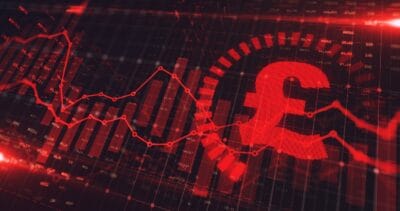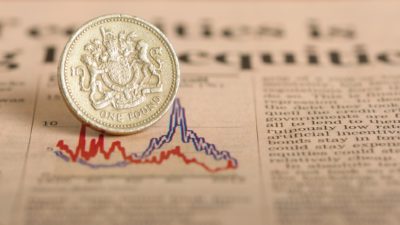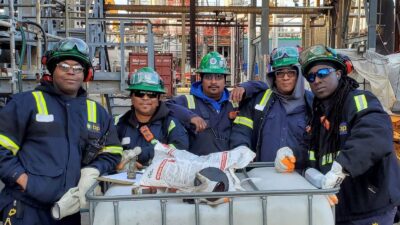High-yielding shares are tempting for income investors, but high yields could also reflect negative market sentiment. This means that high yields can often be seen as warnings for potential dividend cuts or share prices that could have further to fall. We will first take a look at two oil and gas giants, Royal Dutch Shell (LSE: RDSA)(LSE: RDSB) and BP (LSE: BP), before moving on to a small-cap aircraft lessor.
Shell and BP currently yield 6.3% and 5.8%, respectively. Although the oil giants are not going to get themselves into financial difficulty any time soon, their free cash flows cannot cover their dividends and capital spending plans without a further recovery in the oil price. This would mean that in the longer term, both companies may need to cut their dividends to prioritise debt reduction and capital expenditures.
Their share prices appear to have already priced in much of a recovery in the oil price. But with US shale oil production still growing and OPEC unwilling to cede market share, we could see further weakness in the oil price.
Both companies have failed to fully replace their oil production with new reserves, even before the slump in the oil price. Their proved reserves replacement ratios in 2014 had worsened dramatically for Shell and BP. Their ratios were just 26% and 62%, respectively, which are significantly worse than their international peers.
With exploration spending slashed and large discoveries harder to find, the decline in reserves will likely accelerate. And eventually, falling reserves will mean less production, unless reserves are replaced with acquisitions.
Shell’s acquisition of BG Group (LSE: BG) will boost Shell’s reserves by about 25%. But Shell is paying a hefty premium for the acquisition, and its net debt is expected to rise to more than $60 billion by the end of 2015. The company plans some $30 billion worth of divestments to reduce its indebtedness, but it still promises to pay dividends of at least $1.88 per share over the next two years and plans to buyback $25 billion worth of shares between 2017 and 2020.
BP has its own problems, too. It still faces a potential fine of up to $13.7 billion under the U.S. Clean Water Act, in relation to the 2010 Deepwater Horizon explosion. The company’s exposure to Russia is now looking less attractive as relations between Russia and Europe deteriorate. Furthermore, BP’s smaller downstream operations means that its earnings have been hit harder by the lower oil price.
Doric Nimrod Air Two
Doric Nimrod Air Two (LSE: DNA2), the lessor of seven Airbus A380 aircraft to Emirates, is structured as a Guernsey-based investment company. To fund the initial aircraft purchases, the company raised both equity and debt. Listed on the Specialist Fund Market (SFM) of the London Stock Exchange, the company pays a quarterly dividend of 4.5 pence per share. Currently, this gives a dividend yield of 7.1%. The dividend is fixed until the company’s leases begin to expire after their 12 year terms.
Because of the structure of the lease payments, where one payment is made in US dollars, which cover the debt repayments, and another in sterling to cover the fixed dividend paid by the company, the company reduces its exchange rate risk and its cash flow is stable. That is until, the aircraft return to the company after the 12 year terms.
When that happens though, Doric Nimrod Air Two could struggle to re-lease the aircraft. Demand for such large aircraft is extremely limited, with no new A380 orders placed since 2013. The second-hand market is also likely to be similarly weak, as evidenced by the falling prices of older Boeing 747s. So, although the dividend seems secure for now, the eventual value of the company’s assets is very uncertain.







